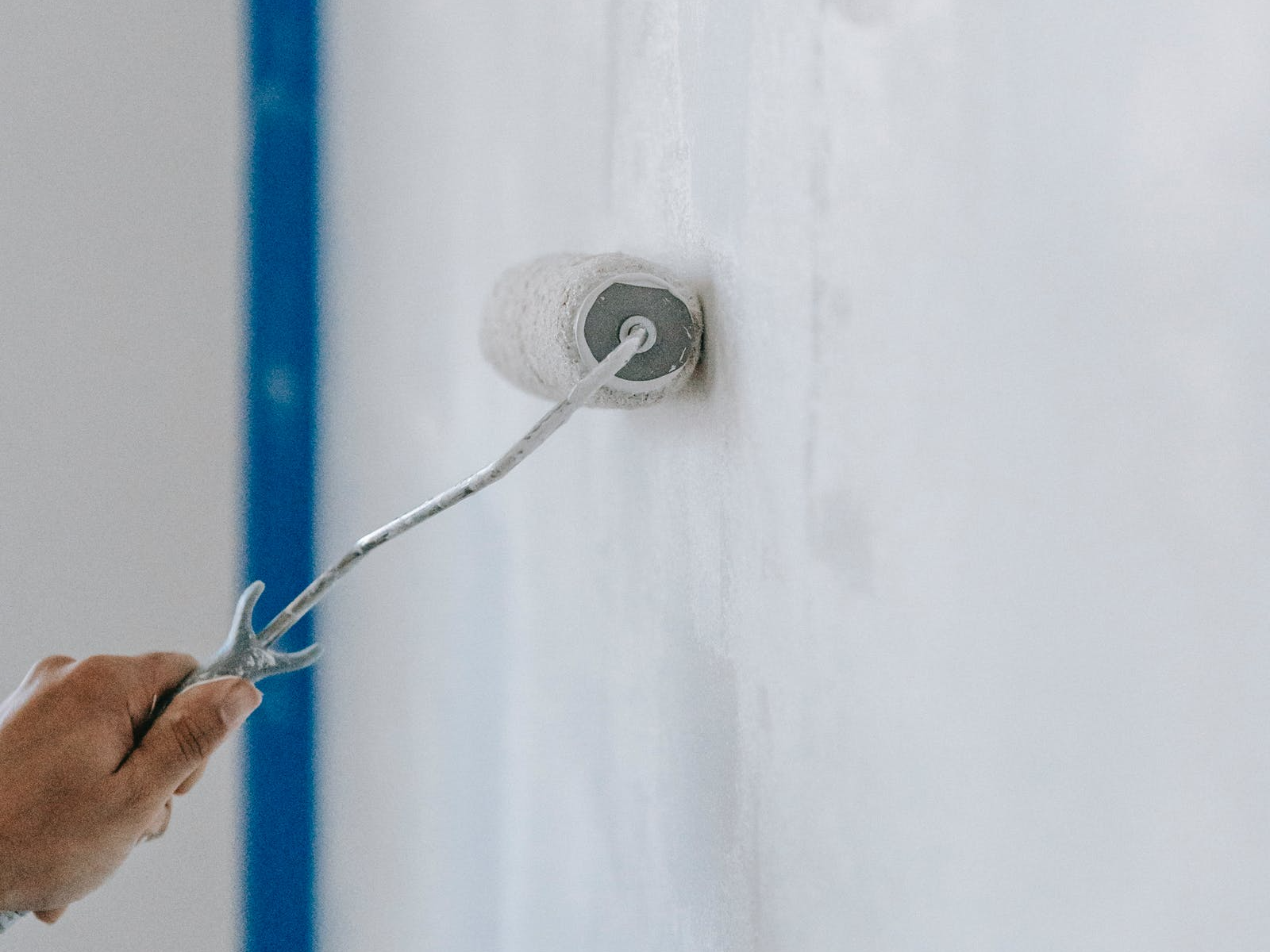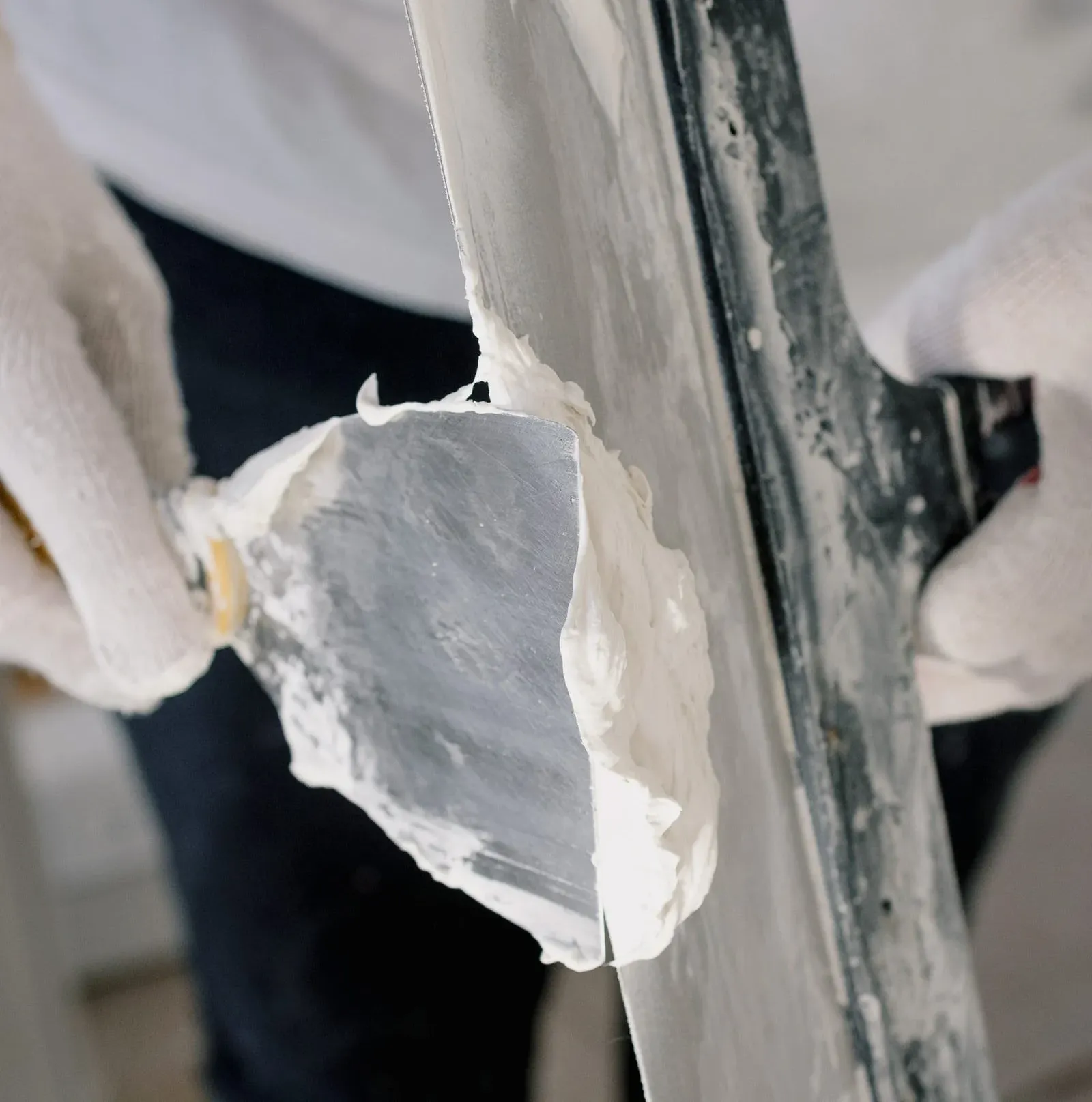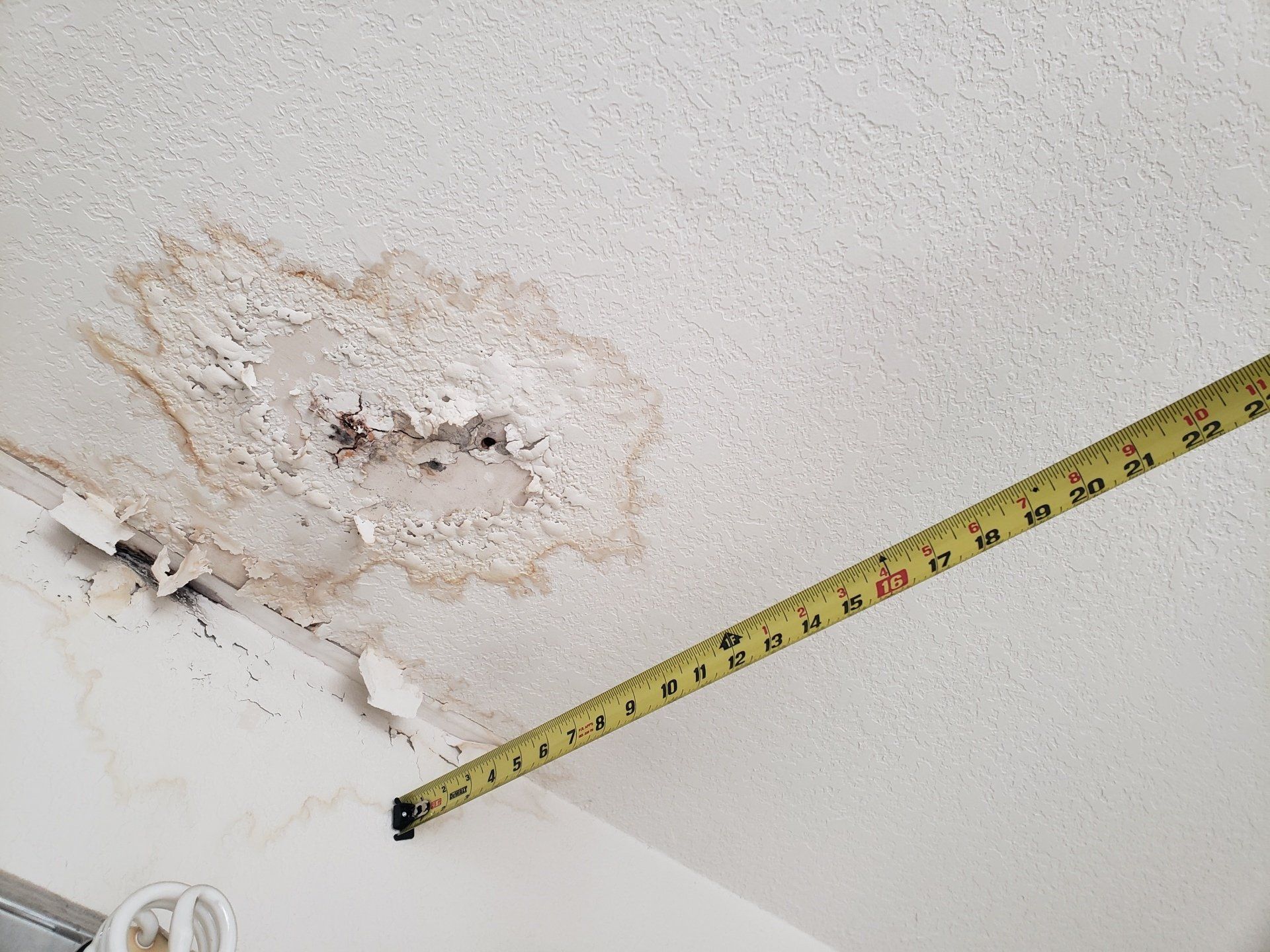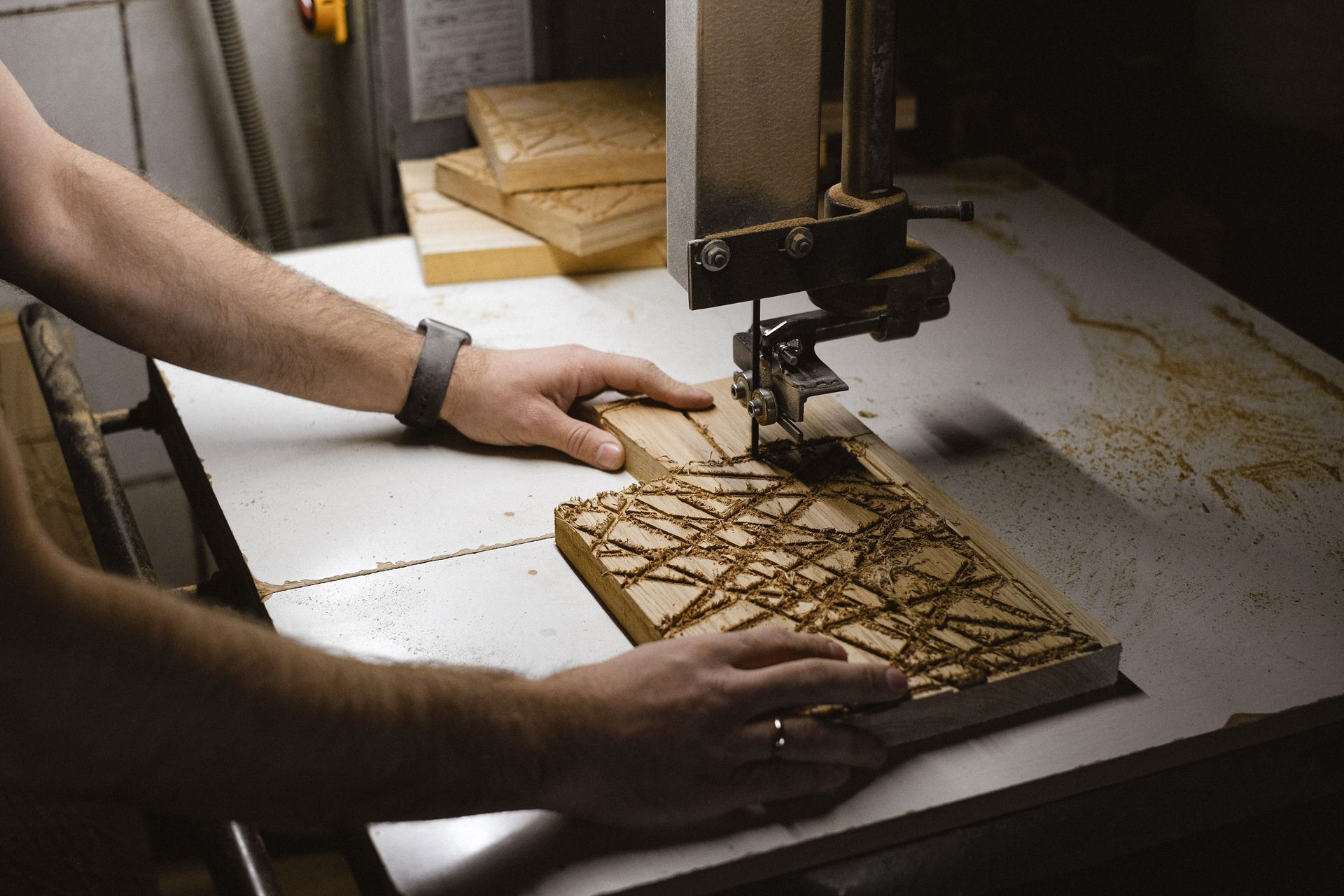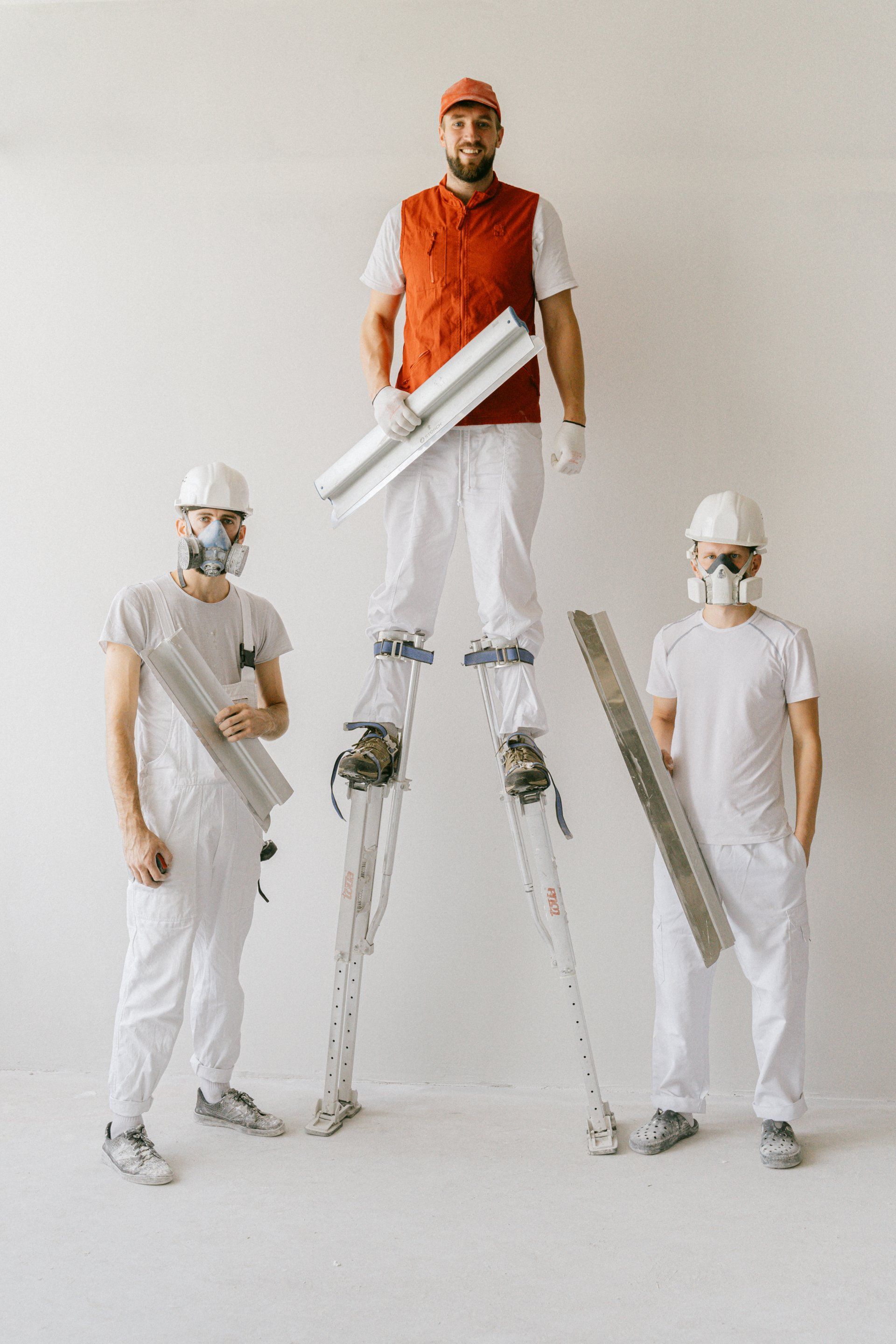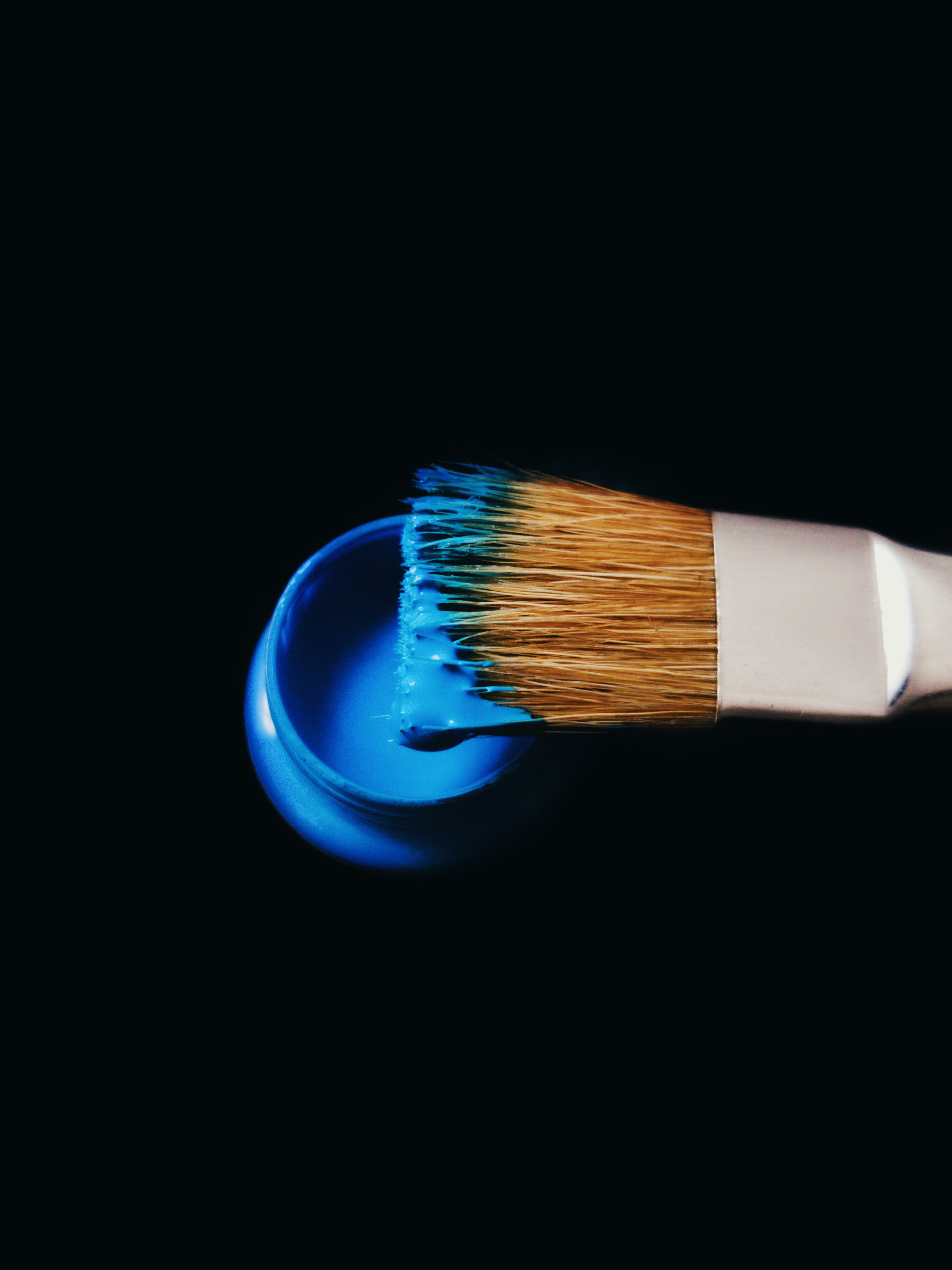DRYWALL CRACK REPAIR: MASTERING THE ART OF WALL REJUVENATION
Expert Strategies for Impeccable Drywall Maintenance
When it comes to maintaining the aesthetic appeal and structural integrity of your home, addressing issues related to drywall is paramount. Cracks on drywall, in particular, can be an eyesore and potentially lead to further damage if not dealt with promptly. This comprehensive guide is tailored to provide you with in-depth insights and practical steps for effective drywall crack repair.
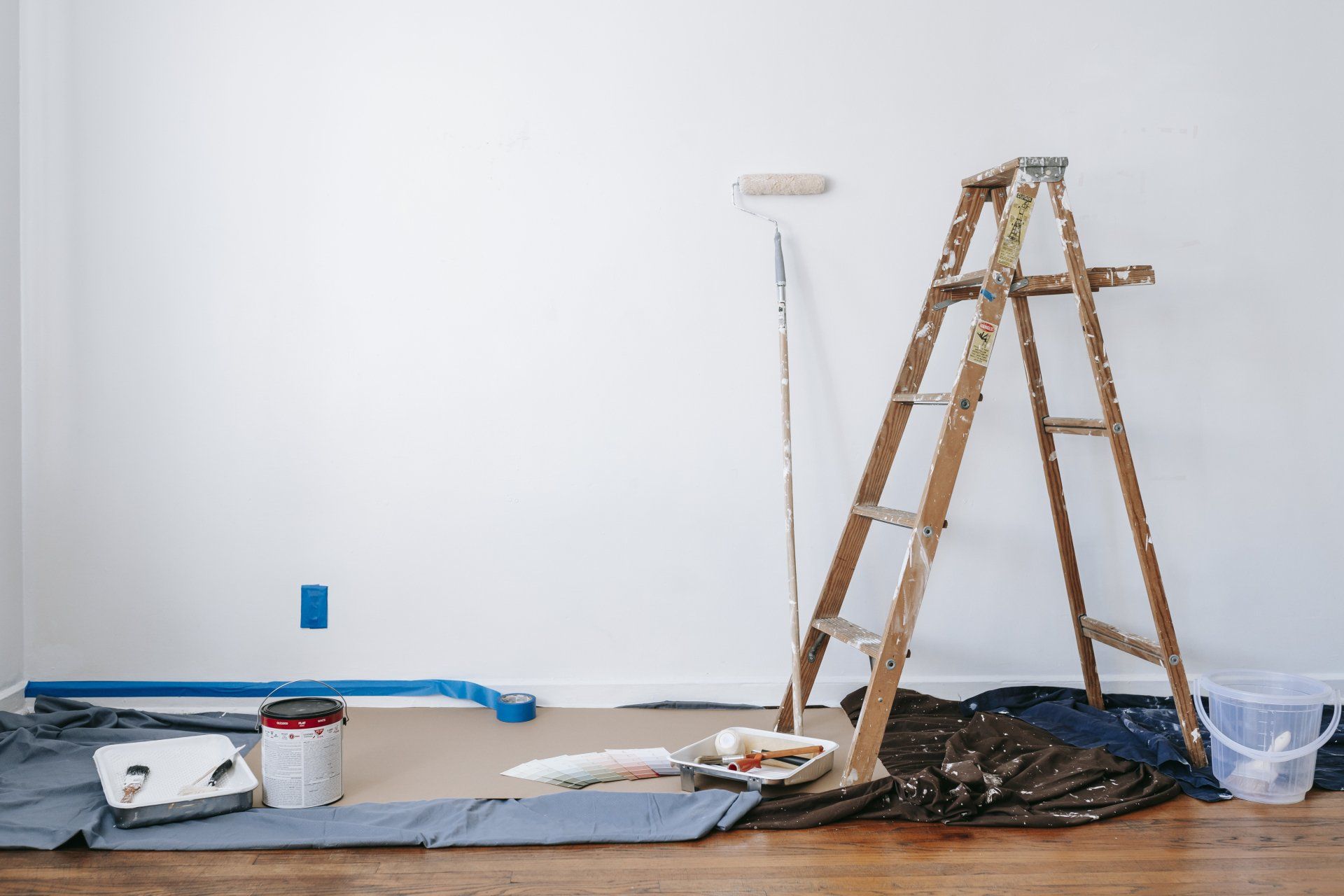
Section 1: Deciphering the Causes and Types of Drywall Cracks
Understanding what causes a crack on drywall is the initial step toward effective repair. Factors could range from natural settling of the house, changes in temperature and humidity, to potential structural issues. The characteristics of the crack—whether it’s a hairline crack, a larger fissure, or spiderweb cracks—will influence the repair method.
Section 2: Embarking on Drywall Crack Repair: A Stepwise Approach
Assess and Diagnose: Pinpointing the cause behind the crack is crucial. Is it a one-time incident due to an impact, or is it indicative of a recurring issue?
Preparation is Key: Ensure the area around the crack is clean and free from dust. This ensures that the crack filler drywall bonds properly.
Selecting Appropriate Materials: Depending on the size of the crack, different materials might be required. For minor cracks, a simple spackling compound might suffice, while larger cracks may necessitate the use of joint compound or a specialized crack repair product.
Application and Smoothing: Fill the crack meticulously with your chosen product using a putty knife. Ensure that the compound is pressed well into the crack and that the surface is smoothed out to blend with the rest of the wall.
Sanding and Finishing Touches: Once the repair material has dried completely, sand the area smoothly, making it flush with the wall. Finish up with a coat of paint to match the rest of your wall, and your drywall crack repair is complete.
Selecting the Right Products: From Crack Fillers to Paint
Drywall cracks, while common, vary in size, depth, and cause. To effectively mend these imperfections, selecting the right product is paramount. Here, we delve into a curated list of products available for drywall crack repair and their appropriate applications, ensuring you achieve seamless and durable results.
1. Crack Fillers
Lightweight Spackling: Ideal for minor cracks, this product is easy to apply and requires minimal sanding post-application. It dries quickly and offers a smooth finish.
Joint Compound: Suitable for slightly larger cracks or areas that require a thicker application. This product needs more drying time compared to lightweight spackling but provides a more robust finish.
Setting Compound: This product is a godsend for substantial cracks or areas with recurring crack issues. It sets hard and fast, offering a durable solution.
2. Tapes and Mesh
Drywall Tape: Made of paper or fiberglass, this tape reinforces the area around the crack when paired with joint compound, preventing the crack from reappearing.
Mesh Tape: A self-adhesive tape that offers excellent strength, perfect for larger cracks or areas prone to movement. It works best when covered with a setting compound.
3. Sealants and Primers
Drywall Primer: Before repainting a repaired area, applying a drywall primer ensures that paint adheres uniformly, preventing any patchy or uneven appearance.
Sealants: In areas prone to moisture, using a sealant post-repair can offer added protection against moisture-induced damage.
4. Paints
Acrylic Latex Paint: This paint is popular for its durability and ease of application. It’s washable and can effectively hide minor imperfections.
Oil-Based Paint: Offering a smooth finish, this paint is suitable for areas that require a robust, long-lasting coat.
Paint with Added Primer: For those looking to save time, paints with built-in primers offer the dual benefits of priming and painting in one go.
Tips for Selecting the Right Product
Assess the Crack: Understand the depth and length of the crack. Minor cracks can be fixed with lightweight spackling, while major ones might demand a setting compound.
Consider the Wall's Exposure: For walls exposed to moisture, ensure you use moisture-resistant products and sealants.
Match Paints: Ensure you match the existing wall paint, not just in color but also in finish (matte, semi-gloss, gloss).
Read Product Reviews: Before purchasing, read reviews to gauge the product's effectiveness and user satisfaction.
In conclusion, the market offers a plethora of products tailored for drywall repair. By assessing the nature of the crack and understanding the strengths of each product, you can ensure a repair that’s not just aesthetic but also long-lasting. Remember, the key lies in meticulous product selection and diligent application.
Section 3: Navigating the Costs: What to Expect
The cost of repairing a crack in your drywall can be influenced by several factors:
Extent of the Damage: Larger, more extensive cracks or damage will naturally incur a higher repair cost.
Accessibility: Cracks located in difficult-to-reach places might result in a higher charge due to the added complexity of the repair.
Materials Utilized: The type of repair material used can also impact the overall cost.
Professional Services: Opting for a professional drywall repair service ensures a high-quality repair, albeit at a potentially higher cost.
On average, homeowners might expect to spend anywhere from $50 to $150 for minor drywall crack repairs. For more substantial damage, or if you’re seeking the expertise of a professional drywall repair service, costs could be significantly higher.
Section 4: The Advantages of Professional Drywall Repair Services
Although some might be tempted to tackle drywall crack repair as a DIY project, there are tangible benefits to seeking professional assistance:
- Expertise: Professionals bring a wealth of experience, ensuring that the root cause of the crack is addressed, and the repair is executed flawlessly.
- Efficiency: A professional team can complete the repair swiftly, minimizing disruption to your home.
- Quality Materials: Professionals have access to high-quality materials and the right tools for the job, ensuring a durable and visually appealing repair.
- Guaranteed Workmanship: Many professional services offer guarantees on their work, providing you with peace of mind.
For residents in and around the area, services like
Lusha Drywall Solutions provide top-tier drywall and plaster repair near me, ensuring that your walls are in impeccable condition.
Section 5: Maintenance Tips and Preventive Measures
Ensuring your walls remain crack-free extends beyond repairs. Regular inspections, addressing moisture issues promptly, and being mindful of structural changes in your home can all contribute to the longevity of your walls.
Conclusion: Ensuring Long-Lasting Results
Cracks in your drywall are more than just a cosmetic issue—they could be indicative of underlying problems that need addressing. By understanding the causes, following a meticulous repair process, and opting for
professional services when necessary, you can ensure that your walls remain in prime condition for years to come. Remember, the integrity of your home’s walls is paramount, and with the right care and attention, you can maintain their strength and beauty.
Ready to work with Lusha Drywall Solutions?
Let's connect! We’re here to help.
Send us a message and we’ll be in touch.
Or give us a call today at 817-482-0231


